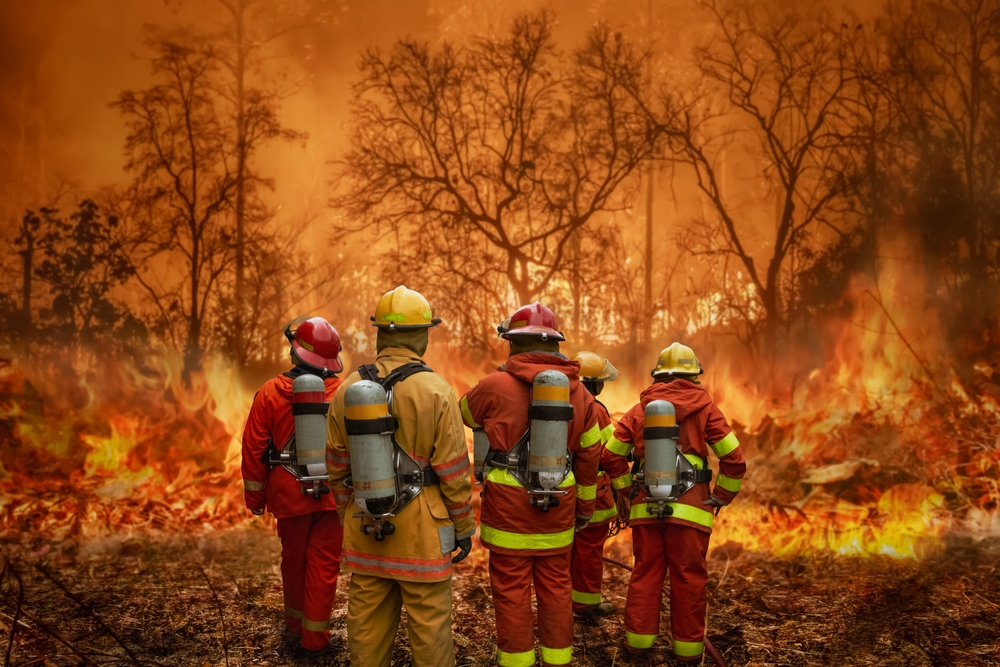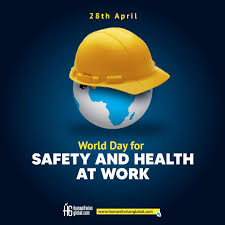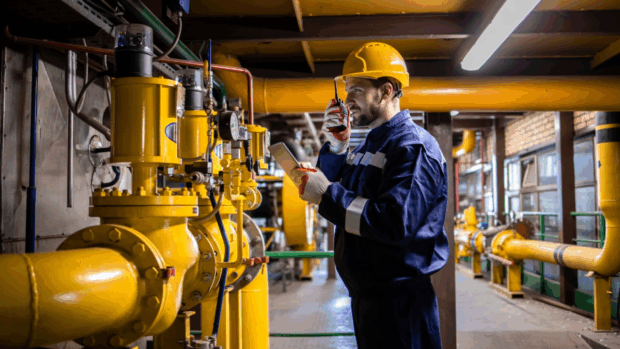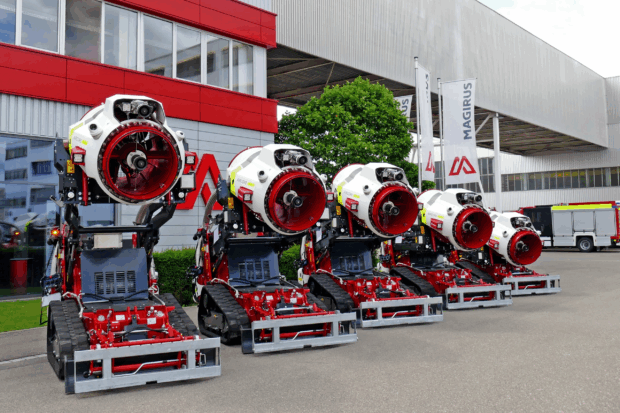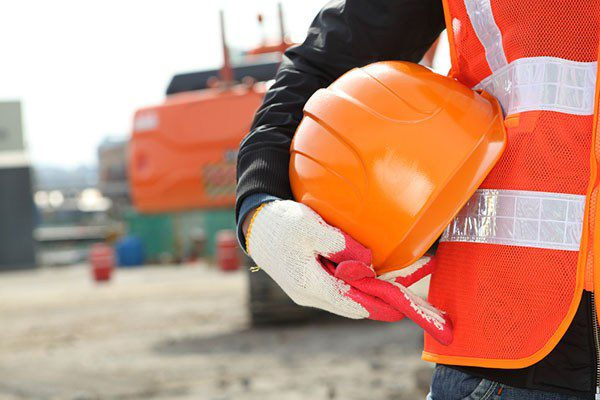Wildfire Preparedness: Lessons from Recent Global Fire Events. In recent years, wildfires have become increasingly frequent, intense, and destructive, fueled by climate change, urban expansion, and forest mismanagement. Major wildfire events in countries like the United States, Australia, Canada, and Greece have underscored the urgent need for enhanced preparedness and mitigation strategies. This article explores key lessons learned from recent wildfire events worldwide and the steps needed to improve resilience and reduce the devastating impact of these natural disasters.
The Rising Threat of Wildfires
The global wildfire crisis is intensifying. According to recent reports, wildfires have increased in frequency and size, with millions of hectares of land burned annually. Climate change has exacerbated the conditions that ignite and sustain fires, such as prolonged droughts, higher temperatures, and unpredictable wind patterns. Combined with human activities, such as land clearing and careless behaviors, these factors have created a perfect storm for more catastrophic wildfire seasons.
In 2023 alone, wildfires in Canada scorched over 18 million hectares, making it the worst wildfire season in the country’s history. In the United States, wildfires in California and Hawaii caused billions in damages, while Australia’s Black Summer fires in 2019-2020 burned an area equivalent to 21% of the country’s forest cover. These events are stark reminders of the need for proactive approaches to wildfire management.
Lessons Learned from Recent Wildfires
- Early Detection and Rapid Response Are Crucial
Recent fires have highlighted the importance of early detection systems to minimize damage. Technologies such as drones, satellite imagery, and artificial intelligence (AI) are now being employed to identify fires in their nascent stages. For example, Australia’s use of thermal imaging drones has significantly improved its ability to detect hotspots before they escalate. - Community Preparedness Saves Lives
In many wildfire-prone areas, community preparedness has been the difference between life and death. Public education campaigns, evacuation drills, and clear communication channels are essential. In Greece, a well-coordinated evacuation plan during the 2023 wildfires in Rhodes successfully moved thousands of residents and tourists to safety. - Urban Planning Must Consider Fire Risks
The urban-wildland interface (UWI)—where urban areas meet forested or grassland regions—is particularly vulnerable to wildfires. Recent fires have demonstrated the need for stricter building codes, fire-resistant materials, and buffer zones around communities. For instance, California has implemented “defensible space” regulations, requiring homeowners in high-risk areas to clear vegetation near their properties. - Climate Change Adaptation Is Non-Negotiable
The role of climate change in intensifying wildfires cannot be ignored. Strategies to address this include restoring ecosystems, reintroducing native plant species, and implementing controlled burns to reduce fuel loads. Controlled burning has been a traditional practice of Indigenous communities in Australia, and its re-adoption has proven effective in mitigating large-scale fires. - Global Collaboration Enhances Response Efforts
Wildfires are a global challenge requiring international cooperation. In recent years, countries have increasingly shared resources, expertise, and personnel to combat fires. During Canada’s 2023 wildfire season, firefighters from countries like the United States, South Africa, and Australia were deployed to assist in firefighting efforts.
Enhancing Wildfire Preparedness
- Investment in Technology
Governments and organizations must continue to invest in cutting-edge technologies, such as AI-based fire prediction models and satellite monitoring systems, to enhance early warning capabilities. - Strengthening Firefighting Resources
Expanding the availability of trained personnel, firefighting aircraft, and other resources is critical. This includes equipping local communities with the tools and knowledge to combat fires until professional help arrives. - Policy and Legislation
Policymakers need to enact stricter land-use policies and fire safety regulations to reduce risks in high-fire areas. Incentives for homeowners to adopt fire-resistant building practices can also play a role. - Public Awareness Campaigns
Public education about wildfire risks and preparation should be a year-round effort. Information on creating defensible spaces, emergency kits, and evacuation routes should be widely disseminated through schools, media, and local organizations. - Addressing Climate Change
Long-term solutions require addressing the root causes of climate change. Governments must commit to reducing greenhouse gas emissions, promoting renewable energy, and implementing sustainable land management practices.
The Road Ahead
Wildfires are a natural phenomenon, but their increasing frequency and intensity are a consequence of human actions. While the challenges are significant, recent wildfire events offer valuable lessons that, if implemented effectively, can save lives, protect ecosystems, and minimize economic losses.
By leveraging technology, fostering community engagement, and implementing forward-thinking policies, we can build resilience against wildfires and ensure that the devastating scenes witnessed in recent years are not repeated on the same scale. The time to act is now—before the next fire season begins.



